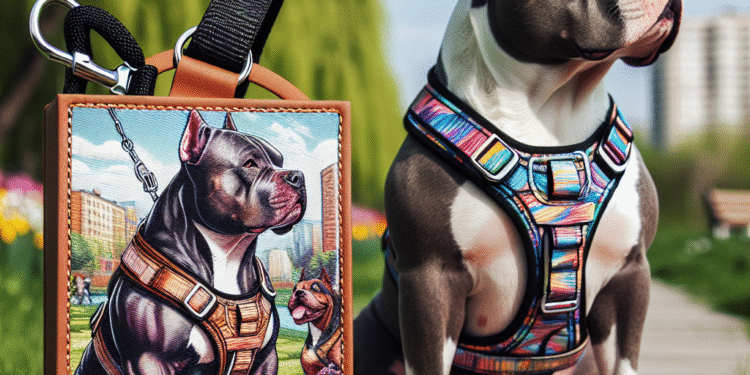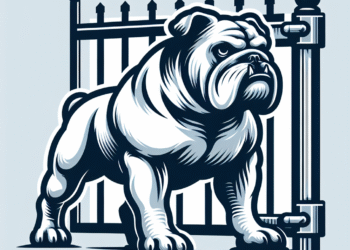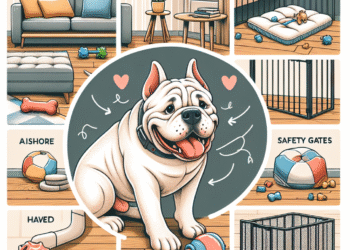When it comes to walking and controlling your bulldog or bully breed, the debate between using a collar or a harness is a significant one. While collars can serve a purpose, many dog owners are increasingly opting for harnesses due to their safety and health benefits. This article explores the facts and considerations to help you determine if harnesses are indeed the safer choice for your beloved bully.
Understanding the Breed
Bully breeds, including American Bulldogs, Pit Bulls, and Bull Terriers, are known for their robust builds and powerful necks. While they are often sweet-natured, their strength demands special consideration when it comes to walking and control. A standard collar may not distribute pressure evenly, potentially causing neck injuries or discomfort, especially when your dog pulls on the leash.
The Benefits of Harnesses
1. Reduced Risk of Injury
Harnesses are designed to distribute pressure across the dog’s body instead of concentrating it on the neck. For bully breeds, this can dramatically reduce the risk of tracheal damage, neck injuries, or even fainting spells caused by excessive pulling.
2. Improved Control
Harnesses often come with multiple attachment points, allowing for better control of your dog. This feature is especially beneficial for strong pullers or dogs that may become easily distracted by their environment. With a harness, you can gently guide your bully without the risk of choking them.
3. Enhanced Comfort
Many harnesses are padded and specifically designed for the anatomy of different breeds. This comfort can make walks more enjoyable for your dog, encouraging positive associations with leash training.
4. Better Training Opportunities
When training your dog, harnesses can provide valuable feedback. They allow you to correct your pup’s behavior without causing discomfort. Additionally, many harnesses come with front-clip attachments, which can help deter pulling and foster better walking habits.
Types of Harnesses
1. Back Clip Harnesses
These harnesses feature a clip on the back and are great for everyday walks. They are easy to put on and off but may not offer as much control for dogs that pull.
2. Front Clip Harnesses
Designed with a leash attachment on the front, these harnesses can help discourage pulling by redirecting your dog’s attention back to you. This type is particularly effective during training sessions.
3. Step-In Harnesses
These are simple to use; your dog simply steps into the harness, and you buckle it up. While they can provide comfort, they may not be as secure for strong pullers.
Common Myths About Harnesses
Myth 1: Harnesses Encourage Pulling
While some believe that harnesses can lead to pulling, the truth is that a well-fitted harness can discourage pulling when used correctly, especially front-clip models.
Myth 2: Harnesses Are Only for Small Dogs
Harnesses are suitable for dogs of all sizes, including bully breeds. The design of modern harnesses has evolved to accommodate larger dogs effectively.
How to Choose the Right Harness
- Fit: Measure your dog’s chest, neck, and weight to find the right size.
- Material: Look for durable yet comfortable materials, as your dog may wear the harness frequently.
- Adjustability: Choose a harness that is adjustable for a snug yet comfortable fit.
- Safety Features: Reflective straps can enhance visibility during nighttime walks.
Conclusion
Choosing the right harness for your bully can significantly enhance their walking experience while minimizing risks associated with collars. Harnesses provide comfort, improved control, and reduce the likelihood of injury, making them a compelling choice for responsible dog owners.
Before making a choice, always consult with your veterinarian or a qualified dog trainer to ensure you’re selecting a harness that fits your dog’s unique needs. With the right equipment, you and your bully can enjoy safe and enjoyable walks together!













